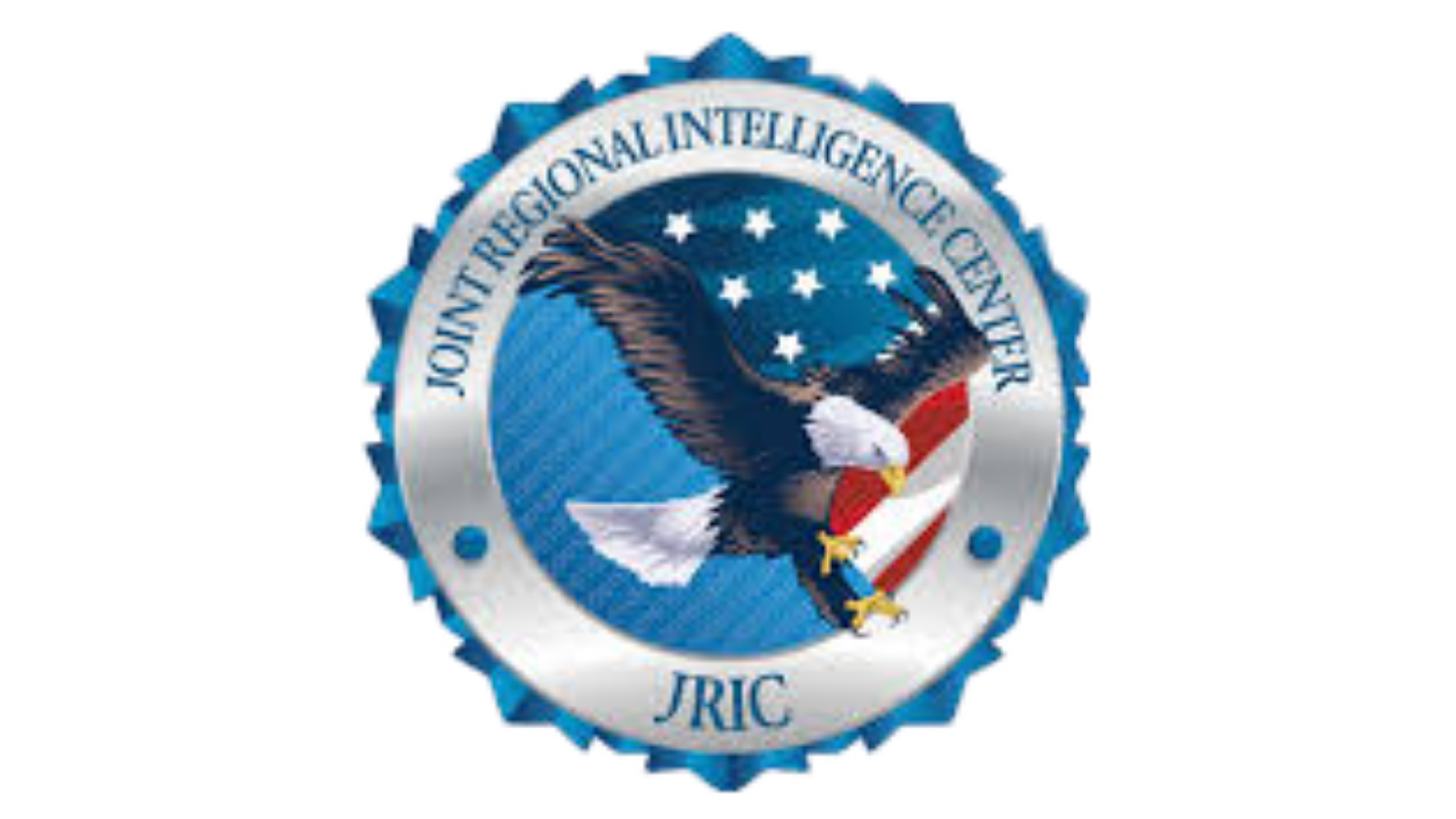FUSION CENTER FIASCO
by Timothy Snow ❄️
After the September 11 attacks, the United States government sought to improve communication between different levels of law enforcement to better discover and prevent terrorist attacks. They encouraged state and local governments to create fusion centers:
Physical locations where representatives of different law enforcement agencies share and collectively analyze intelligence before distributing reports back to their respective agencies. Fusion centers have since begun working with private data brokers with little public oversight.
Fusion centers have been criticized as privacy-invading, ineffective, and targeted at political groups.
In 2012, the Senate Permanent Subcommittee on Investigations found that over the 13 months of review, fusion centers did not contribute to the identification or prevention of EVEN A SINGLE terrorist plot, and that of the 386 unclassified fusion center reports it reviewed, three-quarters had no connection to terrorism at all.
In 2008, the Department of Homeland Security identified a number of privacy-related concerns created by fusion centers. The department noted that the excessive secrecy of fusion centers led to comparisons with COINTELPRO, and that fusion center reports sometimes distribute inaccurate or incomplete information.




Comments
Post a Comment